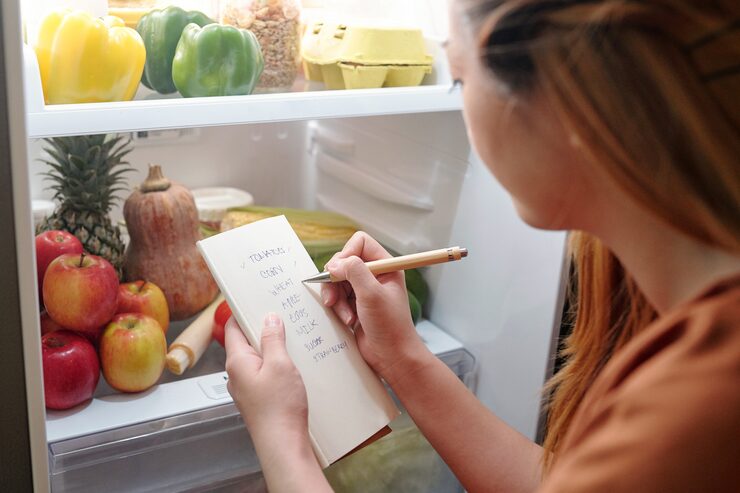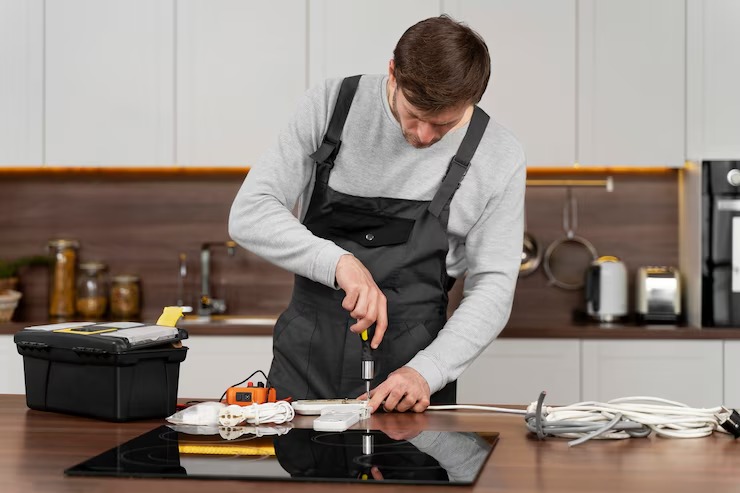A cluttered fridge can quickly lead to wasted food, expired groceries, and frustration during meal prep. But with a few simple adjustments, you can transform your refrigerator into a well-organized, space-saving storage system. Organizing your fridge not only keeps food fresh but also helps you save time and money. For example, when cleaning, don’t forget that unplugging refrigerator is a vital first step for safety and efficiency. In this guide, you’ll learn how to organize your fridge in 10 simple and effective steps that make a big difference in your everyday kitchen routine.
1. Start with a Full Clean-Out
Before you organize, take everything out of your fridge. Toss expired or spoiled items and wipe down all surfaces. A fresh start ensures you’re not reorganizing clutter.
2. Know the Temperature Zones
Different fridge sections are designed for specific items. The top shelves are best for ready-to-eat foods, the middle for dairy, the bottom for raw meats, and the door for condiments or drinks. Understanding these zones helps prevent spoilage.
3. Use Clear Bins and Containers
Storage bins are one of the easiest ways to keep similar items grouped. Transparent containers make it easy to see what’s inside and prevent small items from getting lost at the back.
4. Label Everything
Labels make your fridge system foolproof. Mark leftovers with the date, and assign bins for categories like snacks, condiments, or produce. This keeps everyone in the household on the same page.
5. Store Raw Meat on the Bottom Shelf
Raw meat should always go on the lowest shelf to prevent leaks from contaminating other foods. Use a tray or bin to catch drips and make cleaning easier.
6. Organize Produce by Humidity Levels
Crisper drawers are designed to maintain different humidity settings. Store vegetables in the high-humidity drawer and fruits in the low-humidity one. This keeps produce fresher for longer.
7. Practice the FIFO Rule
FIFO—First In, First Out—is a simple method to minimize waste. Always move older items to the front so they’re used before newer purchases.
8. Clean Regularly and Safely
Fridge cleaning should be done at least once a month. For a thorough job, always consider unplugging refrigerator before removing shelves and drawers. This step ensures safety and prevents unnecessary energy use.

9. Avoid Overstuffing the Fridge
Too many items block airflow, making your fridge less efficient. Keep some space open so cold air circulates freely and maintains the proper temperature for all foods.
10. Use Space-Saving Accessories
Lazy Susans, egg holders, and shelf risers can help maximize limited space. Shelf liners are also helpful because they make spills easier to clean and prevent stains.
Conclusion
Learning how to organize fridge space isn’t just about making it look neat—it’s about saving money, keeping food safe, and reducing stress in the kitchen. By following these 10 steps, from labeling containers to storing meat safely, you’ll build a system that works for your household. Even simple habits, like separating produce or unplugging refrigerator during a deep clean, can improve efficiency and freshness. A well-organized fridge gives you peace of mind, prevents waste, and makes daily cooking easier.









